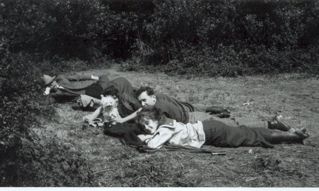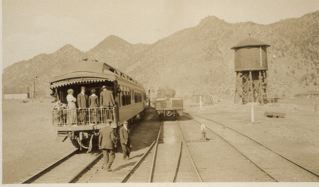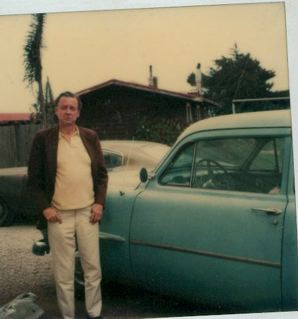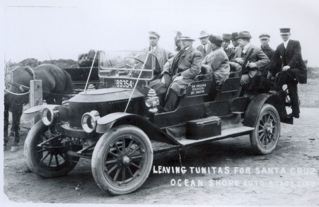In 1980 I interviewed Moss Beach psychiatrist Dr. Dorothy Zietz for “The Mystery of Half Moon Bay”. Her office was located in her home, a modern redwood house overlooking the sea.
Dr. Zietz arrived on the Coastside in 1959 and when I met her 20 years later, she said not much had changed.The Coastside was still relatively isolated, with many reminders of its rural past. The passage of Proposition 20 had limited development in the old Ocean Shore Railroad towns.
Most important, Dr. Zietz told me that the people hadn’t changed either. They were still “Coastsiders” as they once were.
“There’s no government here, no sense of community,” Dr. Zietz said. “No sense of neighborhood…Each small community is autonomous onto itself,” Dr. Zietz said, not complaining.
She added, again not complaining, that the “Board of Supervisors is not as aware of us as they might be. Things go on here that are not tolerated in Redwood City…We don’t want government interference, that’s what this country was based on….The old frrontierism is an attraction. On the Coastside there’s a chance to be free of things the urban person has to conform to…”
“Half Moon Bay and Pacifica are very different. Pacifica has a very identifiable government, their choice. We resist that in the true tradition of American spirit. We resist that. We don’t want a six-lane highway.”
“A highly socialized person could not exist here,” she told me. “There are no planned activities–that’s why we’re here…The person who chooses to stay does not need great contact with other people. There’s not much communication between people, nothing to join– yet there’s joining.”
In Dr. Zietz’s opinion, a society showed true maturity when the people could live without structure.















